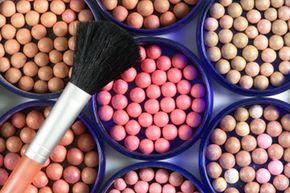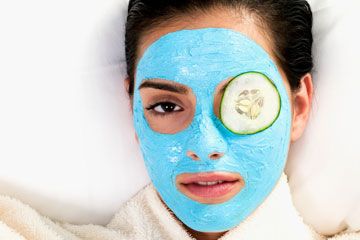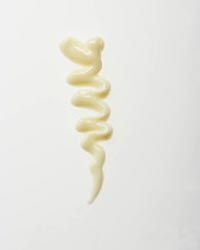You want to present the best face possible to the world. To many people, a bright, glowing complexion often means health and happiness. When your complexion looks dull and ashen, however, the face you present might suggest that you're tired, worn down, ill or even older than you are.
On top of being the largest organ in your body, your skin is the most significant feature of your face and serves as a major indicator of overall physical health. If your skin looks sallow, don't give up. Turn away from the mirror and find out what you can do to restore a healthy, more youthful glow to your face. Diet changes, skin care products and a dermatologist's care all can help brighten a dull complexion.
Advertisement
Cosmetic procedures are not the only remedy for unhealthy skin, nor are they the most effective. In fact, staying hydrated remains one of the simplest and least expensive ways to maintain skin health. A healthy diet can greatly improve your complexion, too. Recent studies are beginning to link choices in diet and overall skin health, and scientists believe that certain foods aggravate some skin conditions while others increase skin health. Healthy foods that are rich in nutrients most likely strengthen skin cells and skin tissue, promoting a robust complexion [source: Science Daily].
Other non-surgical ways of rejuvenating your skin include moisturizing, exfoliating and, if you decide to, wearing the right makeup. The following pages will explore ways in which you can remedy a dull complexion and improve the overall health of your skin. As with all physiological concerns and conditions, you may want to consult your doctor to learn the best possible solutions for your individual skin type and well-being.
Read on to learn more about the ways in which your lifestyle impacts the face you put on every day.
Advertisement


